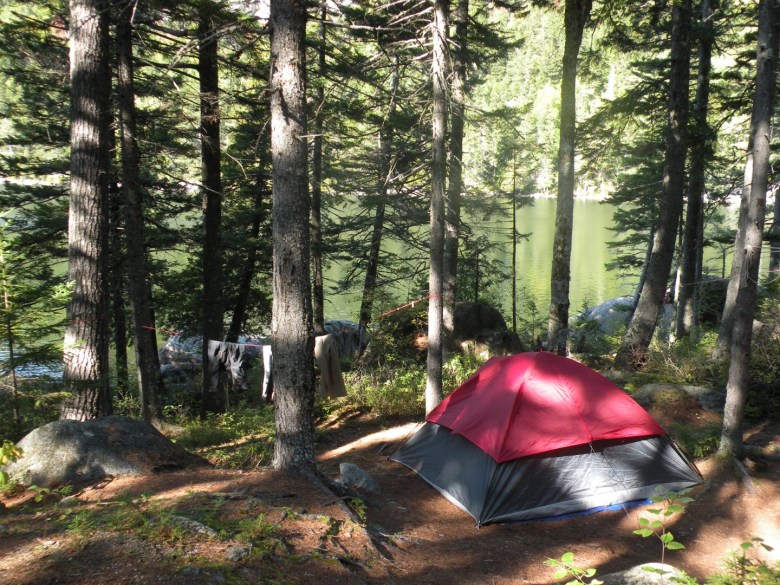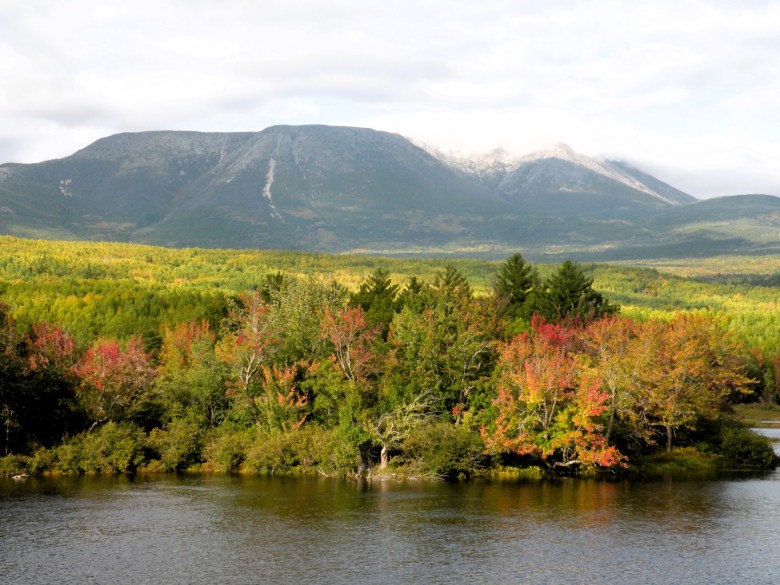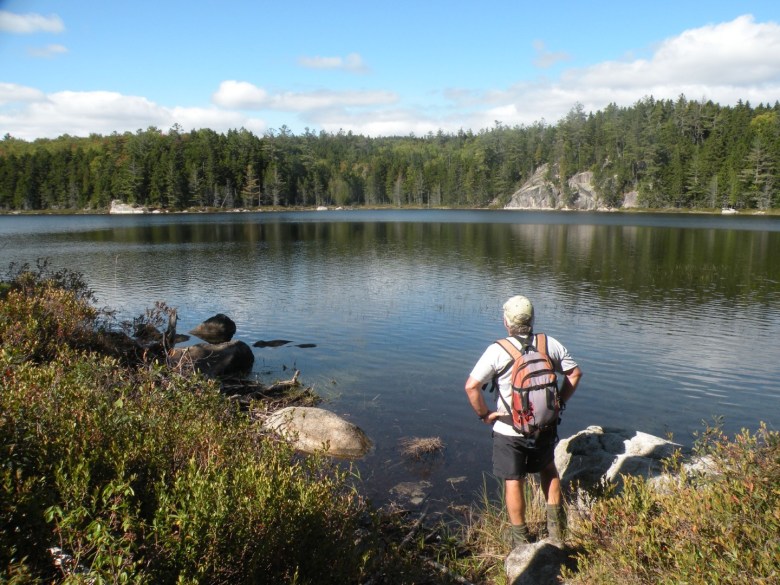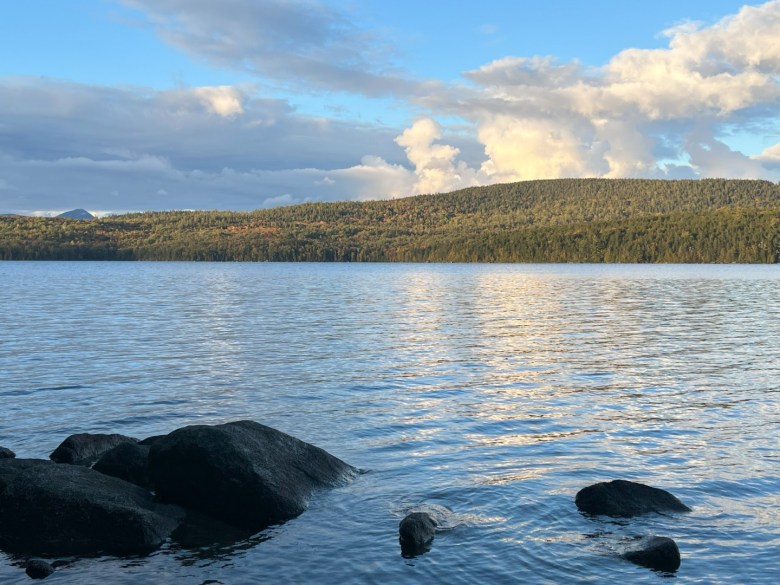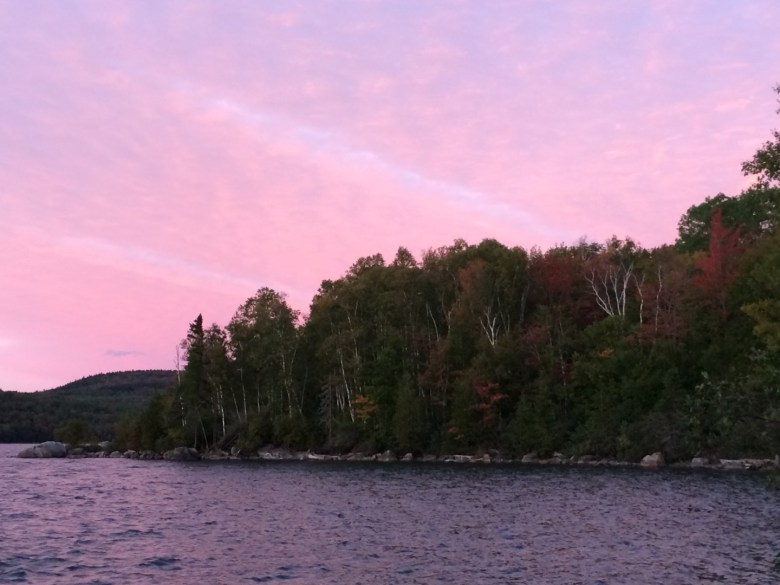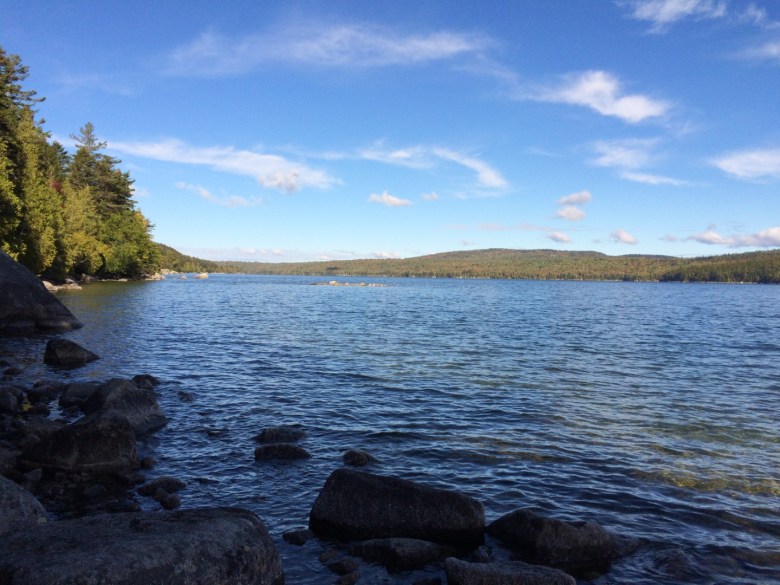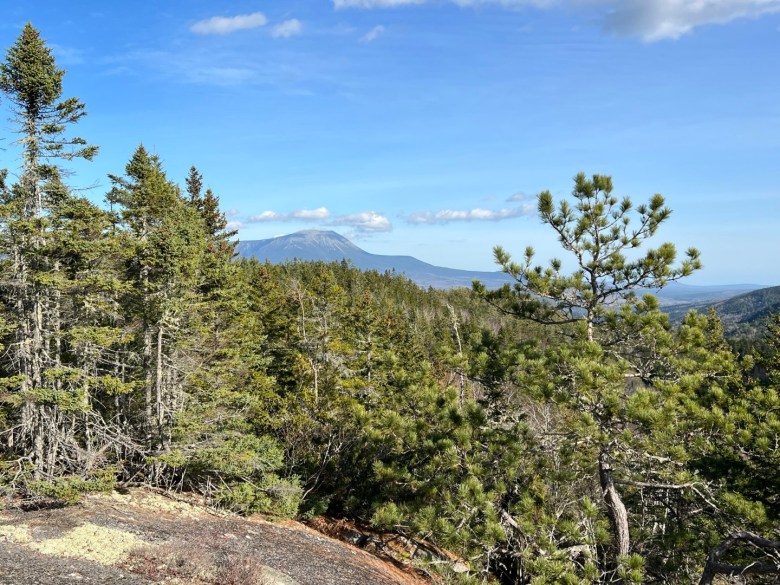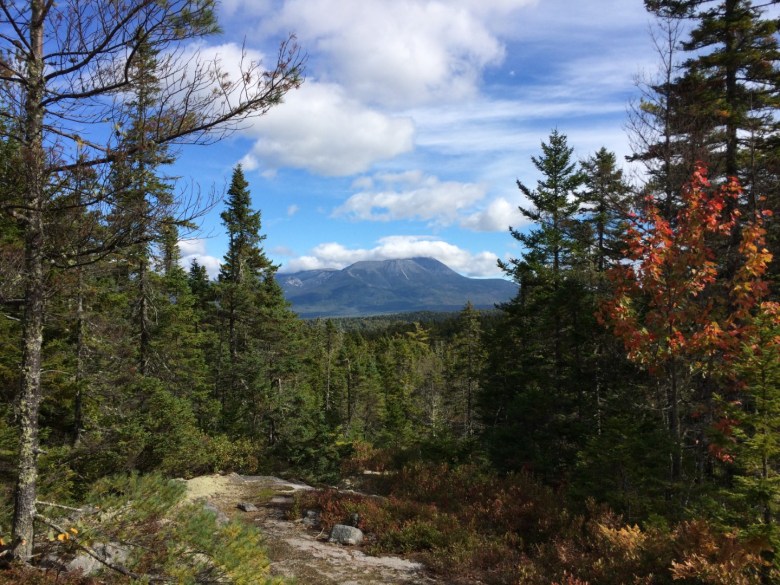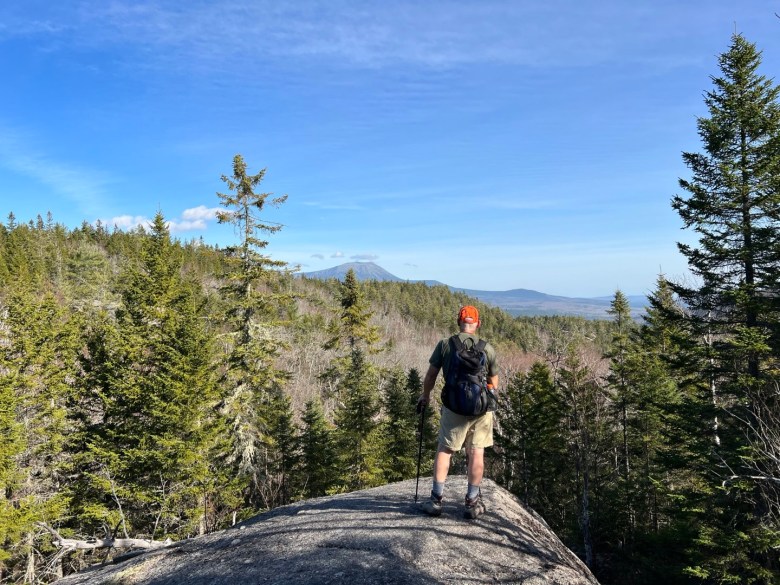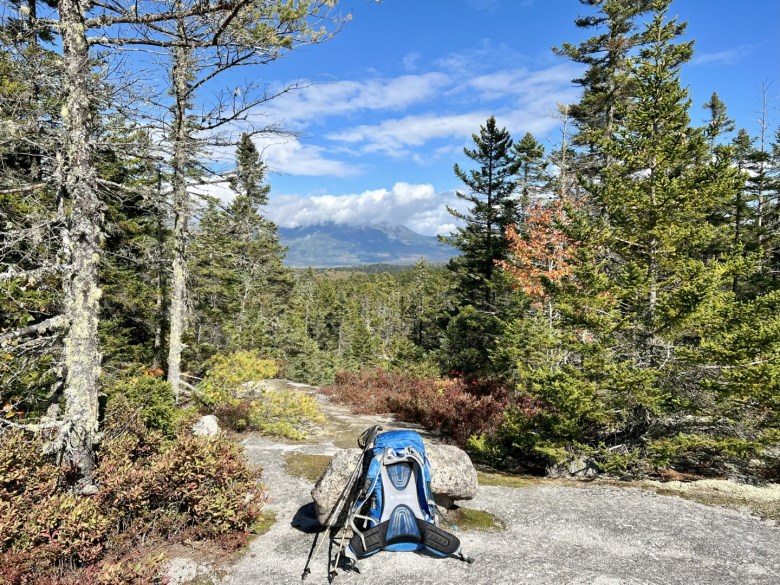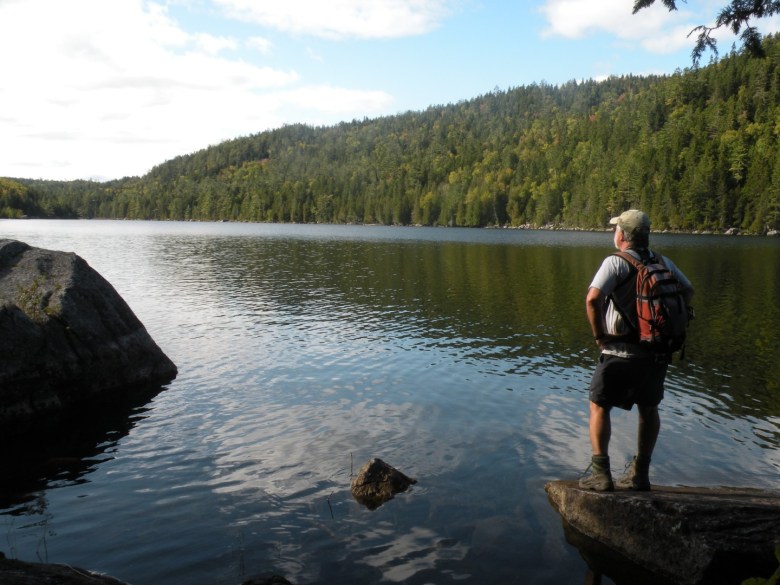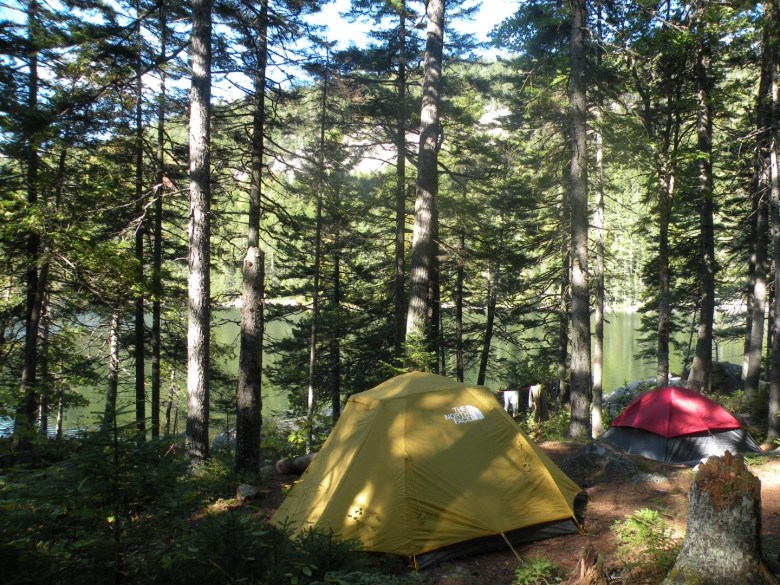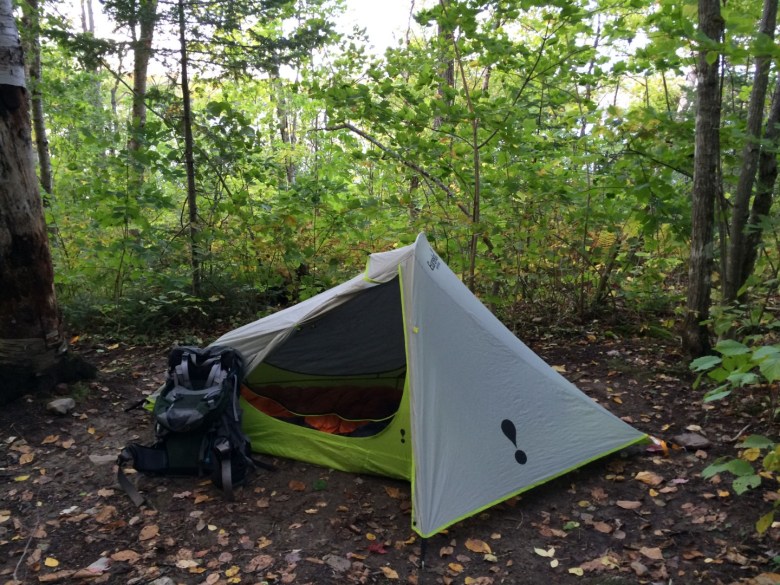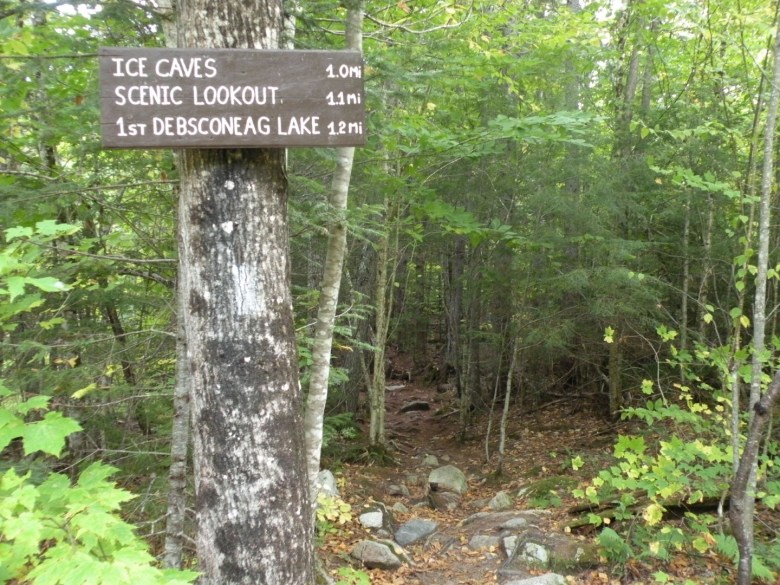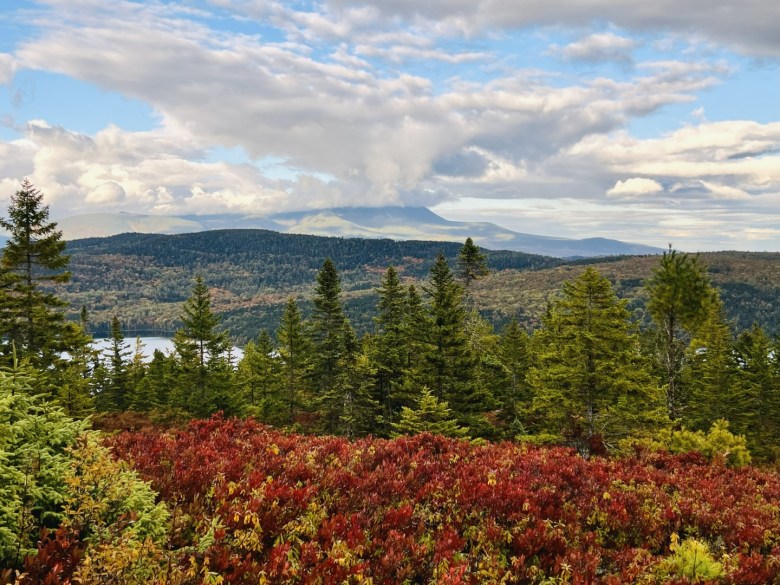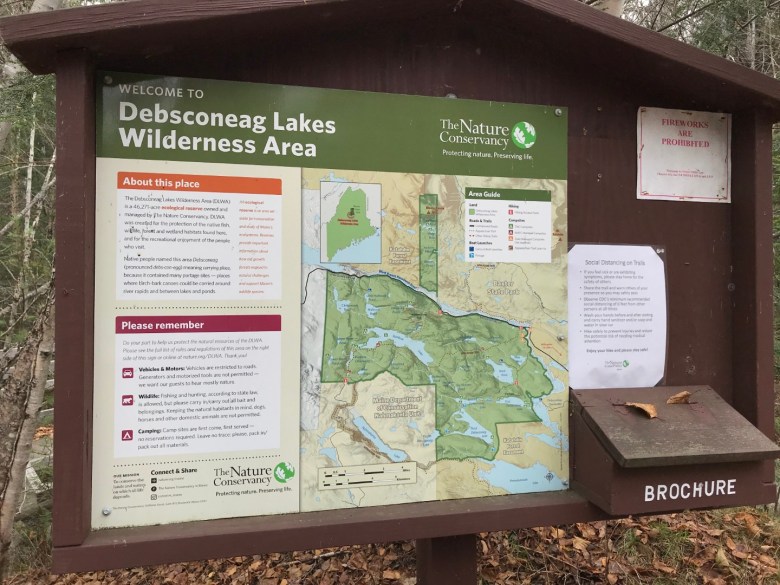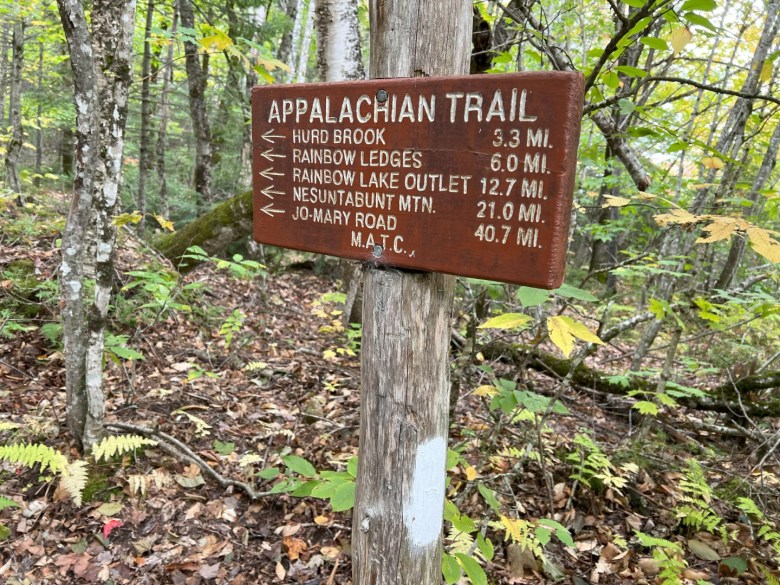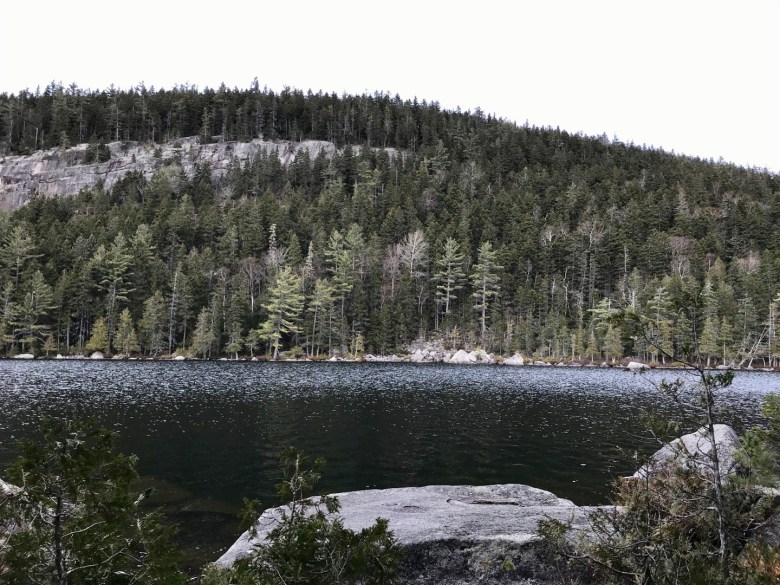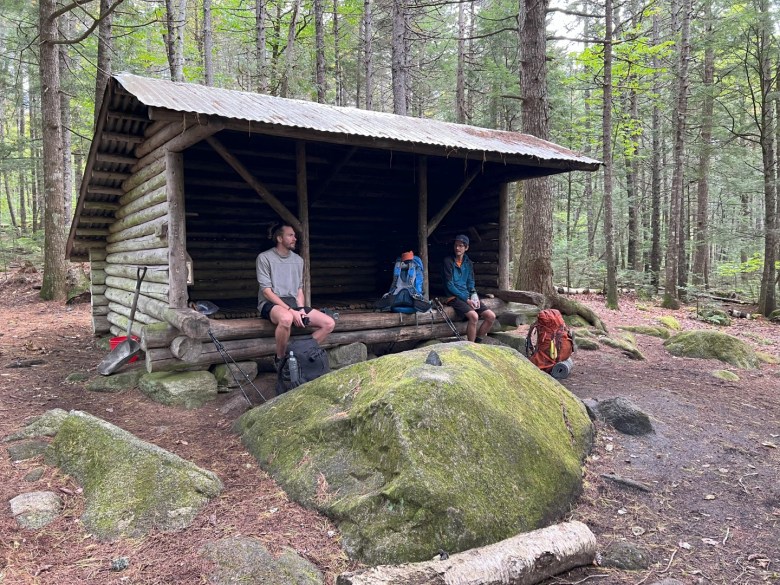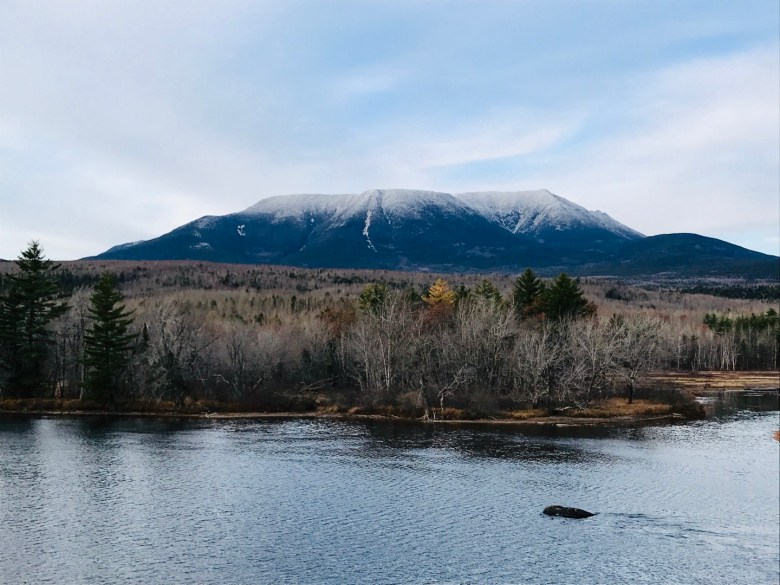
You won’t find a pot of gold at the end of the rainbow in the Debsconeag Lakes Wilderness Area, but hike in from the Golden Road and you will discover plenty of rainbows. Like Rainbow Lake, Rainbow Ledges, Rainbow Mountain, Rainbow Spring, Rainbow Stream and the Rainbow Loop Trail. Never mind the big rainbow of a smile across your happy face when you find yourself deep in the midst of this remarkable chunk of wild country.
Situated at the far northern end of the 100-Mile Wilderness, the 46,271-acre Debsconeag Lakes Wilderness Area is one of the crown jewels of conservation in Maine’s North Woods. Remote, rugged and wildlife-rich, the sprawling tract that is home to mature forests, pristine waters and bountiful recreational opportunities. Hikers and backpackers in particular will enjoy exploring the remote terrain on 25 miles of well-marked foot trails.
The Debsconeag Lakes Wilderness Area is owned and managed by The Nature Conservancy. The entirety of the sprawling property is an ecological reserve that protects the highest concentration of remote ponds in New England as well as undisturbed stands of old growth hemlocks and pines. Around 215 species of plants are found here, as is the pine marten, spruce grouse, moose, fisher, bobcat and bear. Lake and brook trout abound, and you might also find the rare freshwater mussel.
The Appalachian Trail meanders through the Debsconeag for 16 miles. Southbound, the famous trail enters from the Golden Road just west of Abol Bridge on the West Branch of the Penobscot River and exits near Murphy Ponds. Multi-day trips along this stretch of the AT are possible using the primitive campsites located along the western end of Rainbow Lake, as well the shelters at Hurd Brook and Rainbow Stream.
Six miles south of the Golden Road, the AT tops Rainbow Ledges at 1,157 feet. A series of viewpoints along the ledges provide outstanding views of Katahdin to the north, and south across the 100-Mile Wilderness to the prominent but trail-less hump of Jo Mary Mountain and further, to the lofty summits of the White Cap Range and the Baker Range. But don’t stop here if you have the time and gear with you.
After Rainbow Ledges, the AT hugs the south shore of Rainbow Lake; at 4 miles long and 1,626 acres, it’s the DLWA’s largest. Part way along the lake is an often overlooked side trail, but you don’t want to miss it. In less than a mile, the Rainbow Mountain Trail ends at a spectacular look at Katahdin and its neighbors from the mountainside’s open ledges. This is an extra special “out there” spot; pull up a rock, relax and enjoy the priceless scene.
On the north side of Rainbow Lake is what’s known as the Rainbow Loop, which includes the Blue Trail, the Rainbow Loop Trail and the Horserace Brook Trail. Hike the entire loop plus the out-and-back leg past Clifford Pond and Woodman Pond to Rainbow Lake and you’ll have covered more than 7 miles. The ledges partway along the Rainbow Loop Trail are a highlight, rewarding with views ranging from Katahdin far into the 100-Mile. At pretty Horserace Pond, you’ll find several nice sites to pitch your tent.
The most popular hike in the Debsconeag is the Ice Caves Trail, which leads just over a mile to a cavernous hole beneath a jumble of boulders. Accessed by scrambling down a series of iron rungs, the caves often retain ice well into the summer and sometimes later. First Debsconeag Lake and a viewpoint south to Jo Mary Mountain is another half-mile beyond.
Acquired in 2002, the Debsconeag Lakes Wilderness Area was a critical link in what is today a remarkable and nearly contiguous corridor of conservation lands ranging from Katahdin Woods and Waters National Monument southwest to the Moosehead Lake area and then west to the Quebec border, something like 2,000,000 acres all told.
An excellent account of the Debsconeag Lakes preservation effort (and a whole lot more) is found in the new book, “Loving the North Woods: 25 Years of Historic Conservation in Maine,” by Karin Tilberg, former president of the Forest Society of Maine. Chapter 8: “The Emerald Cathedral: The Debsconeag Wilderness and the Katahdin Forest, 2002” details how the very complicated deal with Great Northern Paper Company went down.
Carey Kish of Mount Desert Island is a Triple Crown hiker, freelance writer and author of three hiking guides. Connect with Carey on Facebook and Instagram and at [email protected].
